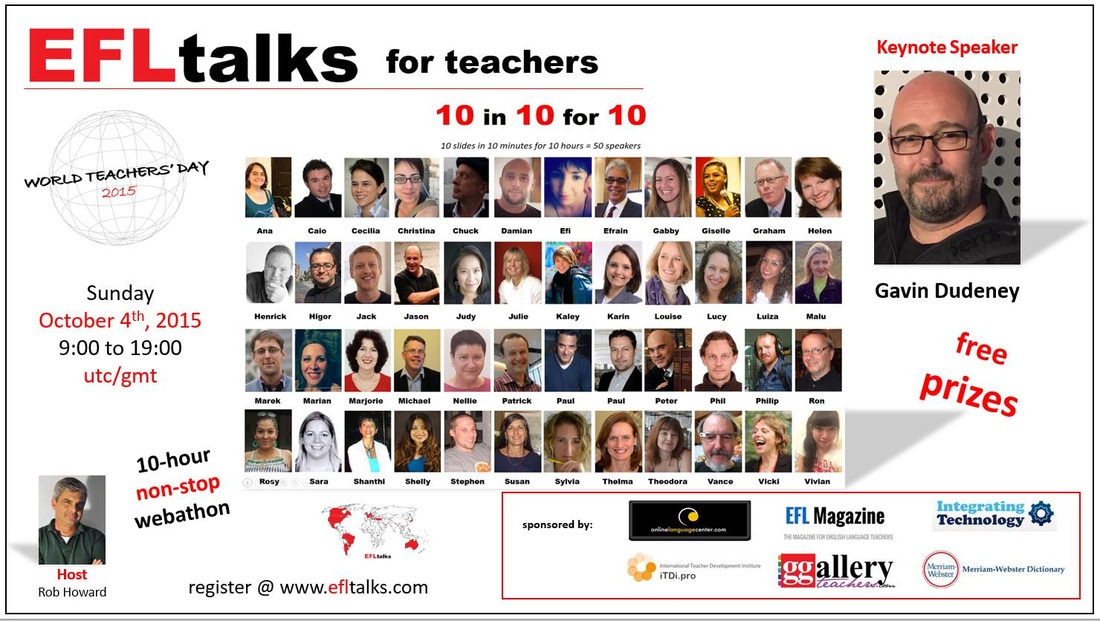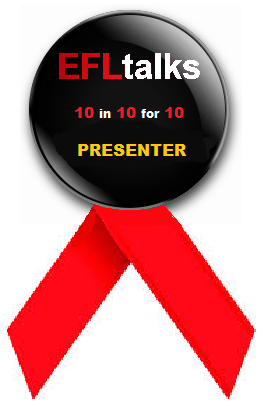|
SPEAKING IS NEVER PRACTISED ENOUGH at any level and one of the easiest ways to do so while also REVISING VOCABULARY and TENSES is to take a pack of flashcards such as JOBS to represent people, take a pack of VERBS such as CHORES around the house and get students to turn over one of each card creating very SIMPLE FUN SENTENCES:
Cards: BAKER / HOOVER the living room Student 1: WHERE DOES a baker WORK? Student 2: A baker WORKS in a bakery. BUT the baker isn't working now. Student 1: WHAT's the baker DOING? Student 2: She's HOOVERING the living room. Cards: DANCER / HANG the laundry Student 1: WHERE DOES a dancer WORK? Student 2: A dancer DANCES in a theatre. BUT the dancer isn't dancing now. Student 1: WHAT's the dancer DOING? Student 2: He's HANGING the laundry. As you can see, it's good to practise affirmatives, negatives, questions, continuous tenses etc. Depending on which cards randomly appear, amusing sentences may be created. You can practise other tenses, too: Cards: BUTCHER / IRON the laundry Student 1: WHAT DID the baker DO yesterday? Student 2: He DIDN'T WORK in the bakery. He IRONED the laundry. Cards: POLICEMAN / MAKE the beds Student 1: WHAT HAS the chemist DONE today? Student 2: He HASN'T WORKED at the police station. He HAS MADE the beds. Cards: HOUSEWIFE / DO the gardening Student 1: WHAT IS the housewife GOING TO DO? Student 2: He ISN'T GOING TO WORK in the house. She'S GOING TO DO the gardening. The OBJECTIVE is to help students make sentences speaking and PRACTISE THROUGH REPETITION rather than through grammatical explanations. Using the language is the best way for students to learn it. You can also introduce frequency adverbs with a dice to add fun and practise. Please write any other ideas you may have in the comments box below. A FUN ALTERNATIVE is to SPIN the WHEELS below to create RANDOM sentences. (Make your own wheels at Wheeldecide.com) I hope these ideas were useful for you! Susan
1 Comment
How can we GET STUDENTS to LEARN A LANGUAGE BY USING IT so that they BECOME CONFIDENT and FLUENT? First of all LEARNING has to be FUN for younger students and at least ENJOYABLE for adults.
The results are amazing because they not only create sentences easily but also practise the use of the 3rd person and consequently have to remember the addition of the ‘s’. The games I have been using recently are a complete success in the amount of fun the students have not only playing but managing to create a lot of correct sentences with the pronouns I, he & she, the frequency adverbs and a time expression. I have introduced affirmative, negative & question dice for older and more proficient students. I recommend trying it out for yourselves! Check out my latest Household Chores Routine Song for some language to make playing cards with, as well as my recent Morning, Afternoon, Sports & Clothes Routine Songs I hope you find this useful. Please leave any comments below and if you like this blog, please subscribe for more updates. Susan
The QUESTION CHALLENGE: a fast, fun, highly effective and exciting question formulating activity for any tense or level. Give each team of students a hotel reception bell (raising your hand is a less exciting alternative). Show only the first sentence with question prompt on the Interactive Whiteboard (or write it on the board). The first team to ring the bell (or raise their hand) gets to formulate the question.
The game should be fast paced for more fun and effective quick thinking The questions I attach in the download are to be formulated in the simple past for A2 level but depending on the type of sentence, higher and lower level challenges can be prepared. The challenge ends when all the questions have been formulated. I hope you have fun with this activity. Susan
VERBS & TENSES practised in a FLEXIBLE CARD GAME – HAPPY FAMILIES created with younger students29/4/2016 – a fun activity to practice the different VERBS & TENSES after having MADE THE GAME TOGETHER with the students… GETTING STUDENTS INVOLVED IN LESSON PREPARATION will make the CONTENTS MORE MEMORABLE... ONE GAME – MANY VERBS & TENSES: This blogpost is the development of a previous one I had written on involving students in lesson preparation for Happy Families. Before the digital era I had dedicated many days to preparing a large set of Happy Families cards based on vocabulary sets: cutting out pictures from magazines, writing in beautiful handwriting in different colours, covering the cards back and front with transparent sticky film - no laminating in those days. After much fun play in class, my bag of carefully homemade teaching resources was stolen from my car together with my old school uniform, I kept to show my students. So I lost all motivation to create a new set. Recently, however, I felt the need for that very useful game and realized that in the digital age it would be much easier to recreate. I suddenly realized how well it would also work with verbs and am now in the process of making a pack of cards for verbs and another for vocabulary which I shall share in due course. Not having any cards ready, I decided to involve my students of varying ages in creating sets of cards based on different VERBS and explaining the rules at the same time. THE GAME WAS A HUGE SUCCESS because, HAVING PARTICIPATED IN ITS CREATION, it was EASIER TO REMEMBER THE VOCABULARY and WORDS. As a result I have decided I will involve my students in lesson preparation more often in order to make learning more memorable for them. The cards are very flexible: using VERBS allows for TENSE PRACTICE during the game. Depending on the level of the students you can ask: Have you got “go swimming?” Yes, I have. Are you “going swimming?” Yes, I am. Do you “go swimming” everyday? Yes, I do. Did you “go swimming” yesterday? Yes, I did. Have you ever “gone swimming” in the ocean? Yes, I have. Will you “go swimming” with your friends? Yes, I will. Do you like “going swimming” in lakes? Yes, I do. … and so on… For those who don’t know how to play HAPPY FAMILIES:
You can download the game below in two versions:
Hope you have fun with it! Susan
Want to make your ‘dull’ grammar lessons more exciting? All you need is a hotel reception bell.
Last week I wanted to practise verbs followed by prepositions in an exciting way so I sat a group of adults around a hotel reception bell and projected sentences with the preposition after the verb missing. As they saw and heard me reading the sentence there was a rush to ping the bell and answer! I would never have believed that a group of middle-aged adults could get so excited about ringing a bell to answer a question! However, if they ring the bell and get it wrong a point is deducted. This stops them from ringing the bell and guessing. Any exercise can be spiced up in this way. My next endeavour is to find where they sell more bells (this one I had at home) so I can make teams in bigger classes. Let me know your students’ reaction if you try it out! Mine loved it! I hope you like this suggestion. Susan a traditional lesson? The INTERRUPTION GAME: bombarding a classmate with questions – a fast and engaging speaking activity7/2/2016 The INTERRUPTION GAME: a fast, fun, highly effective and exciting no-prep speaking activity which engages all the class against one student.
Set your timer at 5 minutes. Choose a student to tell us their typical day from the moment they wake up till the moment they turn off the light to sleep. His aim is to get to the end of the day having given a very detailed account filling all the five minutes (no less – no more). The aim of the rest of the class is to stop him from getting to the end of his day by interrupting him with pertinent details regarding what he is saying:
The teacher listens and makes a note on the board of wrong questions or answers, which are only subsequently corrected altogether by the class guided by the teacher. I read about this activity in a blog about a year ago but cannot remember who to credit for it. In any case students tend to love it and participate eagerly with the consequential benefit of practice and learning. I hope you have fun with this activity. Susan Traditions are the glue which hold society together – we may have different opinions, political views, different religions and awkward characters but our common traditions keep us together. December and January in my family are also the birthday months of my children (24th December for my daughter / 24th January for my son) and I have always followed British birthday party traditions despite living abroad. Moving from country to country I realized that even simple, apparently less important celebrations such as birthday parties for children and youngsters differ greatly. We, in Great Britain, have quite traditional activities for younger children at birthday parties while organizing a party for teenagers that is fun can be quite demanding. I realized that a BIRTHDAY LESSON Plan can give insight into lesser British traditions and at the same time many Birthday Party Games can be adapted for learning languages as well. So how do children under the age of 10 celebrate a typical home birthday party? For those families who do not want to or cannot spend money on hiring an entertainer or magician, for those who prefer not to go to a ‘bouncy castle’ park or other location for birthday events outside the home, there are fun traditional games which do involve adult organization but make a birthday a special play date – different from when friends just come over to play (I discovered that in Italy children just play freely making it no different from any other occasion and due to the higher number of guests than normal, mayhem usually occurs.) When the young guests arrive the presents are all collected on a low table and the children sit neatly in a circle while the birthday child opens the presents one by one, admiring and thanking as he goes. Then it is time for the traditional organized games (this is where I had great difficulty convincing Italian children that they had to participate in the games I organized and not just play around as they liked).
There are many other traditional games as well as new technological ones but the important thing is for the children to interact all together at the party and not break up into small groups. Obviously the party ends with lots of finger food (small sandwiches, fairy cakes, crisps) and of course the astonishingly shaped* home-made birthday cake with traditional song and blowing of candles. (For lessons make sure they pronounce HAPPY BIRTHDAY correctly by ‘spitting’ the ‘TH’ sound like in the ordinal numbers (10th) and not making it a soft sound like in mother.). In Great Britain it is customary for the birthday child to give small ‘going home presents’ to the guests as they leave (which are inexpensive tokens of gratitude). What about those aged 10 upwards – how do they celebrate a typical birthday party? A theme is very often chosen. For my son’s 10th birthday party I organized a surprise ‘flight’ to a mystery destination. Everything from the ‘flight ticket invitations’, to the airport check-in on arrival and the ‘flight’ by car to the mystery destination, which was a tiny light aircraft local airport for a guided tour of the two-seater planes and how they worked. The airplane shaped cake and the History of Flight video ended the party for my airplane crazy son who is now 18 and already training for his second pilot licence. For my daughter 10th birthday in December the theme was a spy training camp for which I started sending out mystery invitations to decode every week starting in October and no one (not even my own children) knew where they came from. It all ended on the day of the party with lots of spy gadgets and fun from finger prints to shooting pop guns and working out how to unlock the treasure chests with a mystery code. Birthday parties are a big event in our tradition even for teenagers where the treasure hunt can be at the town mall picking up the unexpected presents from shop to shop on the way… How do you celebrate birthday parties where you live? Please leave comments below in a wonderful exchange… I hope you have fun with these traditional birthday party activites. Susan
http://www.appliancesonlineblog.com.au/cooking/why-the-womens-weekly-childrens-birthday-cake-book-is-the-best-cookbook-ever-written/
As the festive season nears it's nice to do language activities in the Christmas spirit even if our students come from a multicultural background or are atheist. I feel it should be seen by all participants in class not so much as a religious moment solely for Christians (the Church is the appropriate place for that) but as an opportunity to exchange cultural and religious traditions from all over the world. So,whilst I explain to students how the Christmas season is celebrated in Great Britain, I also take the opportunity to ask students of other faiths and non to tell us about their greatest celebrations during the year. It's very interesting to hear about other religious traditions and a moment of sharing. Just as interesting is to discover that many families in far off countries celebrate Christmas despite not being Christian as a day for families to reunite, spend time together and exchange presents. So, apart from singing traditional carols, modern Christmas songs and enacting the Nativity, students enjoy any language activity in a new festive season motif. An activity I read about a couple of years ago but cannot remember the source (please let me know if you recognise who invented this activity) is: GUESS WHAT'S INSIDE THE CHRISTMAS STOCKING! I adapted it into two versions: one stocking for beginners with a PDF of suggestions as to the contents (objects for children & teens) and another stocking for adults with just a few prompts on the language of speculation: It could be... It might be... It can't be.... I thinks it's... It must be made of... It rattles so... etc. This seemingly simple activity causes much speculation amongst participants young and old, keeping them fully concentrated and engaged for more than half an hour, feeling the shape and consistency of the objects through the stocking, trying to guess the materials they are made of as well. At the end the stocking is opened and the objects revealed! A fun, exciting and useful activity for all ages, learning to discuss what things look, feel like and are made of. You can download my two sheets and the audio for beginners. Hope you have fun with them, Susan
GETTING STUDENTS INVOLVED IN LESSON PREPARATION will make the CONTENTS MORE MEMORABLE... Previous to the digital era I had dedicated many days to preparing a large set of Happy Families cards based on vocabulary sets: cutting out pictures from magazines, writing in beautiful handwriting in different colours, covering the cards back and front with transparent sticky film - no laminating in those days. After much fun play in class, my bag of carefully homemade teaching resources was stolen from my car together with my old school uniform, I kept to show my students. So I lost all motivation to create a new set. Recently, however, I felt the need for that very useful game and realized that in the digital age it would be much easier to recreate. I suddenly realized how well it would also work with verbs and am now in the process of making a pack of cards for verbs and another for vocabulary which I shall share in due course. Not having any cards ready, yesterday I decided to involve my preschool group in creating three simple sets and explaining the rules at the same time. THE GAME WAS A HUGE SUCCESS because, HAVING PARTICIPATED IN ITS CREATION, it was EASIER TO REMEMBER THE VOCABULARY and WORDS. As a result I have decided I will involve my younger children in lesson preparation more often in order to make learning more memorable for them. For those who don’t know how to play HAPPY FAMILIES:
You can download the game below. I shall share the new ones I make in due course (more elaborate including tense changes). Hope you have fun with it! Susan P.S. Someone rightly noticed that I wrote 'do' climbing instead of 'go'. This was because the little girl who suggested it to me 'does' climbing on a wall in a local gym and on the spur of the moment I considered it equivalent to what gymnasts 'do'. I will make sure I put it with 'go' on the new cards I make because it is effectively and outdoor sport.
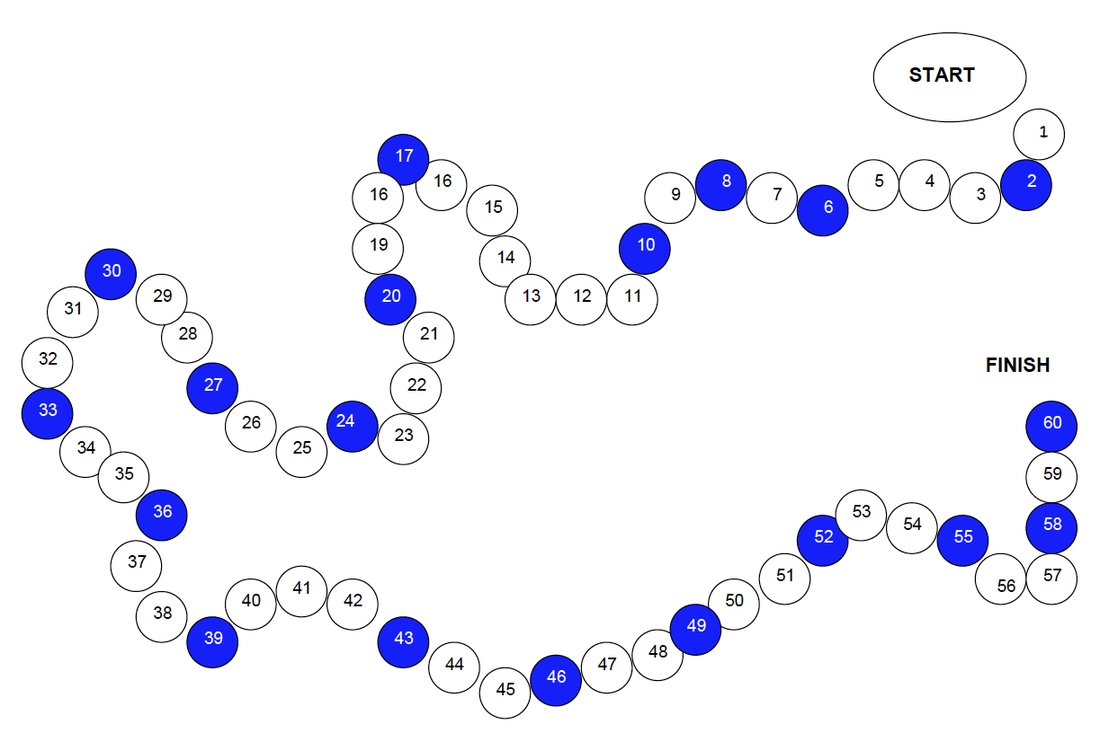 The PRESENT SIMPLE contrasted with the PRESENT CONTINUOUS can be practiced easily with a fun game of ludo. I find that it is a recurrent problem which needs lots of practice. I usually draw a winding ludo board on the blackboard but you can also project the gameboard I have to download on the IWB or else even print a copy for a group of students to play on. I like to first revise the grammatical differences before dividing the class into two teams and getting them to throw the dice. Each team in turn answers the question according to the number they land on (having previously handed out the photocopied questions to them). If they answer correctly they can stay on the square where they just landed. If they make a mistake they go back to the previous square they were on. The first team to reach the FINISH is obviously the winner. The game is not at all as easy as it seems and sometimes two answers could be possible depending on interpretation. However, due to its challenging nature it is fun as well as being effective. You can download the game below. Hope you have fun with it! Susan P.S. I forgot to mention that because there are only 55 questions but 60 balls on the board, you then restart from the beginning and number 56 is equivalent to question 1, 57 = question 2, 58 = question 3, 59 = question 4 and 60 = question 5. This is to repeat the trickier questions at the beginning which sometimes lead students to give the wrong answer. The blue balls can be used or not - as you please. You could allow those landing on a blue ball to throw the dice again for example.
Children will listen in awe if you read them a captivating story using plenty of expression! The illustrations help comprehension even though I must admit that when I read a story to young learners of English, I read and translate it orally sentence by sentence as I’m going along – recording it for them to listen to again and again. This exception to my rule of never translating is to incentivate children to be patient and hear the story out until the end. Some of the children I teach are still toddlers and until about the age of 10 I feel they need this support. I try to explain the meaning from age 11 upwards rather than translating. In today’s age of technology where everything is ‘consumed’ at full speed or immediately abandoned at the first waning of interest, books start losing their appeal early on in life and so people miss out on so much in the wonderful world of books where your imagination may wander…. Translating for younger children also allows us to enjoy a little more complicated stories rather than limiting ourselves to the few simpler books.
Children’s books have the most wonderful illustrations and so, occasionally, I take a picture and separate the different parts of it together with my students so we can describe the individual details and appreciate their artistic beauty. My students love them. I then laminate these individual parts of the picture and we play games with them to learn the vocabulary and expressions. The most popular and effective game for learning the vocabulary and expressions is ‘Snap’, whereby I say each word or expression as they turn the cards to connect the visual aid with the sound of the word for the younger ones and to teach the pronunciation of the written word to the older ones. After a few games I try to get them to say the words instead. This activity of looking at the illustrations in detail proves to be very popular with my students who then enjoy looking at the details in the illustrations of their own reading books at home. Hope you like this idea! Susan PLAYING WITH CARDS to FORM SENTENCES makes language learning MUCH MORE FUN and CONSOLIDATES THE STRUCTURES. It's the beginning of the school year and many students are struggling to concentrate after a summer of fun so games like this can get them to FOCUS ON GRAMMAR and interiorize it whilst HAVING FUN! It takes a little preparation but you can also try getting students to help out with the cutting and sorting into categories - they seem to enjoy it whilst practising new vocabulary such as 'cut it out', 'put it over there', 'put it on that pile'. You can download the cards below. Let me know how you get along with it! Hope you have fun with it! Susan
Actions can be practiced easily with a fun miming game.
I like to introduce more complicated actions like “popping a slice of toast into the toaster” by providing two teams with a list of less commonly known expressions in a fun miming game. In this manner whilst they are trying to guess what the action represents, they are continuously scanning the various new expressions on the list thereby fixing them in their memory and using them to find out if the action corresponds. In fact, as the game progresses they become faster and faster proving that they are learning the expressions at the same time. There are a few rules to follow: 1. Each team receives the same lists (but I usually give three different sheets to each team – one per person – so that everybody is involved in the search since not everyone in each team has the same sheet and so they cannot ‘sleep’ as they have to contribute if their teammates haven’t got the expression they are looking for). 2. The person who is going to mime picks an expression (you have previously cut the expressions into strips) out of a bag. 3. The person miming does so for their own team so that they are forced to do it well. The team members ask: "Are you ....ing?" Answer: "Yes, I am. / No, I'm not." 4. If the team guesses the first time they gain 3 points, if they guess the second time they get 2 points and if they guess the third time they only get one point. 5. If they still haven’t guessed the opposite time gets to try for one point. 6. If they don’t guess the original team has a go for one point and they alternate until one team wins the point. 7. Then the opposing team starts miming again for three points… The game is always very popular and fun as well as being effective. You can download the worksheets below. Feel free to delete or translate the Italian into another language. Hope you have fun with it! Susan My daughter Laura, sixteen years old, has proven the STRENGTH OF MOTIVATION to me: dire hard work and WILLPOWER almost beyond her limits has brought her to the EUROPEAN SPEEDSKATING CHAMPIONSHIPS as well as passing her very demanding school year with flying colours. Here I sit in my camper in Austria at the start of the venue, not worried about what the outcome will be, but reflecting on the arduous road that led us here - sheer motivation and willpower. She is not one of those talents to whom everything falls easy, she has worked hard against all odds to reach her two goals in sports and education.
This has given me a new insight to learning as I tend to believe that curiosity and enjoyment are the best stimuli for learning and retaining what one learns. Motivation is certainly another fundamental ingredient but I feel that for most people it is difficult to find the willpower to do something they don't at least partially enjoy, despite the hard work it may comprise. So I utterly admire those who find the willpower to carry on doing something that may not give them the desired results - or at least not immediately. Motivating students is therefore one of my top priorities: arousing their curiosity and making it as enjoyable as possible so that they want to carry on learning outside the classroom, using various methods, media, adjustments to their social networks and corresponding with foreigners as well as travelling whenever possible. That is where technology inside and outside the classroom as well as games make learning much more effective and exciting than it used to be. My holiday homework always comprises at least DAILY: WATCHING VIDEOS: - VOSCREEN - 5 seconds listening (as many times as you like) to bits of films, cartoons, ads... before pressing the button which reveals the subtitle in English - to see if you're right!! = 5 minutes a day http://www.voscreen.com/game/682/ehjcj5hfhb9bdvr/it/ - ORORO.TV – TV series & films with subtitles = 5 - 45 minutes a day (depending on your level) - http://ororo.tv/en/ - LyricsTraining - SONGS (LISTENING & COMPLETING): http://lyricstraining.com LyricsTraining is an easy and fun way to learn and improve your foreign languages skills, through the music videos and the lyrics of your favourite songs. LyricsTraining also has a special Karaoke mode that lets you sing and enjoy the full lyrics = as often as is fun GAMES to practise your English: - ESL Fun Games Online http://www.eslgamesworld.com/members/games/index.html - ESL Revision Fun Games Online - http://www.eslgamesworld.com/Revision/Revision_Games.html READING: http://news.bbc.co.uk/cbbcnews/ - ONLINE ENGLISH NEWSPAPER for English kids aged 8 -14 so simplified information LEARNING: MINDMAPLE - super-easy mind mapping tool for writing up phrases, collocations and vocabulary in context. plus: - putting Mobile phone settings in English - putting Facebook (& other social network) settings in English - putting computer settings in English - and generally SURROUNDING YOURSELF WITH ENGLISH so your brain switches into English mode. Update on the venue of the EUROPEAN SPEEDSKATING CHAMPIONSHIPS: Day 1: my daughter Laura helps her teammate make it to the gold medal; Day 2: she gets pulled down by another competitor onto the asphalt at 40 km/hr, jumps up to continue the race with her teammate (also involved in the multiple fall) when blood streams copiously into her eye: 3 stitches, a black eye, bruised shoulder and various scrapes; luckily her seriously bruised teammate still makes the gold medal! Day 5: still not allowed to race (doctor's orders); Day 6: despite a huge plaster covering half her eye she races her 10,000 metre points race to win a GOLD MEDAL and become EUROPEAN CHAMPION of her category in that particular race. Driven by sheer MOTIVATION and DETERMINATION - "Where there's a will there's a way!" - something to instil in our students!! DO / DOES: INTENSE 3rd PERSON PRACTICE in the Simple Present – a fun game in an engaging context19/6/2015 Despite exam time and last minute end of year activities there are those who are already planning ahead for the new school year and others thinking of summer camp activities to do with their English language students. Even many of my better students have not all grasped using the 's' in the 3rd person singular despite knowing the rule - as always, it has to be practised so that it becomes natural. The following game does just that:
It’s the TV SURVEY PART 1: Setting up the game 1. Tell the students to copy the table you will draw on the board onto a piece of paper turned horizontally. (See template to download.) 2. In the first column write the CATEGORY of a TV programme: e.g. CARTOONS 3. In the second column write the NAME of a TV programme: e.g. Tom & Jerry (they can write their own favourite programme here). 4. Ask a student: Do you like .....CARTOONS....? 5. Boy: Yes, I do. / No, I don't. (depending on his preference) 6. Teacher asks another student whilst indicating the first student: Does he like .....CARTOONS....? 7. Student: Yes, he does. / No, he doesn't. (depending on his preference) 8. Now write the next CATEGORY of a TV programme: e.g. DOCUMENTARIES 9. In the second column write the NAME of a TV programme: e.g. NATIONAL GEOGRAPHIC (they can write their own favourite programme here). 10. Ask a student: Do you like .....DOCUMENTARIES....? 11. Girl: Yes, I do. / No, I don't. (depending on her preference) 12. Teacher asks another student whilst indicating the first student: Does she like .....CARTOONS....? 13. Student: Yes, she does. / No, she doesn't. (depending on her preference) 14. This phase of completing the table with all the categories and questions should not be drawn out too long - it's the setting up phase for the actual game. PART 2: INTERVIEWING A FRIEND - Pairwork 1. Each student should interview the classmate next to him & mark, in a third column called FRIEND, a tick or cross depending on the friend's preferences by asking: a. Do you like .....CARTOONS....? b. Classmate: Yes, I do. / No, I don't. (depending on his preference) PART 3: THE ACTUAL GAME - here comes the fun part! 1. The class is divided into teams A & B. 2. One team member has 30 seconds to speak about his partner by looking at the ticks & crosses in front of him. 3. He says: She likes... / She doesn't like... as quickly as possible & gains one point for each correctly pronounced sentence. a. The teacher silently counts the points as the student speaks, making sure not to count any such as 'He like...' or 'He don't likes...', which inevitably slip in. 4. The teams take turns until the end of the lesson when the winning team is announced. 5. The aim of this final activity is to give the students intensive practise in pronouncing the third person at speed so as to fix it in their minds, loosen the muscles in their mouths and help it to become second nature. Hope you have fun with it! Susan Introducing the PRESENT PERFECT in an easy, fun, memorable way and then adding a more complex activity to recognize the structures in contrast to the SIMPLE PAST is always very successful in my classes ranging from teens to adults. The class is divided equally into teams A and B. The FIRST GAME is a question of LUCK: it consists in exploiting my favourite hobby, which is travelling, but it can be extended to other fields equally well. I have travelled extensively during my life and so the teams have to take turns in asking me these two questions, which I write on the board (before even introducing the grammatical explanation): Students; Have you ever been to …………. ? (only countries) Teacher: Yes, I have. (win points*) / No, I haven’t. (NO points* - other team’s turn) Students; When did you go there? Teacher: I went there in ……….. . (I write the date and the team member has to read the year correctly to win 1 point) Rules: (* 1 point – Europe / 2 points – outside Europe / 3 points – improbable tourist destination) If a team repeats a question – NO points (it encourages listening to the other team). As you can see, it’s a question of luck whether they win a point or not because they can’t know where I have been. If you haven’t travelled extensively you could use only cities or only activities or only food etc.. So the game can be adapted to your experience: e.g. Have you ever done bungee jumping? = 3 points / Have you ever played golf? = 2 points / Have you ever played tennis? = 1 point. The repetitive nature of this activity fixes the structure in their minds before they ever need to know the grammar behind it. In my classes I have difficulty stopping the activity after 30 minutes because they are so excited to discover where I’ve been… The SECOND GAME is a question of CONCENTRATION and SPEED: it consists in each student having a column of sentences (see download) to consult. The teacher has previously printed and cut out a series of sentences which students will alternately (team A then team B) pick out of a bag and read aloud to all the class. The first person in the whole class to find a logical consequence to the sentence from their list to consult wins a point for their team. In this case the whole class participates in looking for the answer. The teacher has both questions and answers to check but sometimes more than one answer may be possible. This exciting game gets them thinking and although it’s slow at starting, once they have read them a few times it really picks up speed and makes them use their brains rather than the usual ‘easy, automatic’ answers one is often requested to do in books. Hope you have fun with it! Susan
A note regarding the downloads:
To my frustration I can’t seem to find the original documents in my computer so I have had to scan the copies I use at school. Should I manage to find them I will substitute them with the better originals. qui per effettuare modifiche. Noughts & Crosses as another of my favourite end of lesson REVISION GAMES had already been planned for this post when I realised that tekhnologic had just been awarded the BRITISH COUNCIL TEACHING ENGLISH Featured blog of the month for April 2015 for a very similar game dedicated to students who are at a much higher level. A great idea I had never thought of and will certainly implement!
I tend to use this game for elementary to pre-intermediate levels to REVISE FORMULATING QUESTIONS (which is forever tricky) and IRREGULAR VERBS. I divide the class into two teams. As can be seen in the photo, I put verbs in the base form and they have to formulate sentences using the verbs in the simple past and spelling them to me correctly to be allowed to place a nought or cross in their square. Alternatively I put irregular verbs in their past form and ask them to formulate questions for the other team with them. For elementary students I put verbs in the present tense and also suggest a pronoun in order to have some questions asked or sentences formulated in the third person. Noughts & Crosses is a very versatile no-preparation revision game, which is particularly fun and useful towards the end of the year when students are getting tired and teachers want to verify how much they have retained. It can be a warmer, a filler or even a complete lesson I discovered. That is the power of Noughts & Crosses! Can anyone suggest any other simple REVISION ACTIVITIES? Hope you have fun with it! Susan Practising the pronunciation of REGULAR VERBS in the SIMPLE PAST is often underestimated due to the fact that everyone concentrates on learning the irregular verbs, deeming regular verbs to be easy. It is only when students read aloud in class that this necessity becomes apparent, often making my very long hair stand on end! As a result many years ago I made up this Simple Past REGULAR VERBS Pronunciation Game which you can download below. 1. First of all I refresh the students' memory by dividing the blackboard into three and distinguishing between the three pronunciations as on the photocopy. 2. We practise all together as I write some examples of verbs in three columns on the board. 3. Depending on the level of the students, I then leave it on the board to consult or rub it off. 4. Now it's time to divide the class into two teams and distribute one set of verbs to one team and a different set of verbs to the other team. NO WRITING is allowed as this is an oral skill to be practised. 5. The first team starts by each reading just one verb in turn until someone makes a mistake. 6. Then the other team reads theirs, just one verb per person until someone makes a mistake. 7. Then the first team STARTS FROM THE BEGINNING OF THE LIST again, but this time with another person reading so as NOT to always have the same people reading the same identical verbs as before. 8. The game proceeds taking turns, ALWAYS STARTING FROM THE TOP OF THE LIST AGAIN, until one team manages to read their list completely with making a mistake! 9. All this repetition helps them to fix the pronunciation in their minds and be more aware of it. 10. If there is time at the end of the lesson we also read "The Story of Willy the Kid" taken from the age-old Streamline Departures, filling in the gaps and pronouncing the verbs correctly (see download). There is also a very nice audio* of it to listen to and we even act it out time-permitting. * LISTEN TO AUDIO https://www.youtube.com/watch?v=IxXou87go7Q Hope you have fun with it! Susan
By the far the best and most versatile grammar revision game I have ever used is probably not new to many of you, but while many ‘tried and tested’ games I have borrowed from others have not always had the desired results, this one has had a 98% success rate* in my classes of all ages from children to adults. NO PREPARATION is required, which for my extensive range of teaching (toddlers to adults – I know it’s crazy but I love the variety it brings in teaching methods despite the heavy preparation workload) is very welcome, but it is a MOST EFFECTIVE, HIGHLY FOCUSED form of FUN GRAMMAR REVISION.
It’s the GRAMMAR AUCTION 1. Divide the class into groups of 2 – 3 students. 2. Write a column on the board listing the GROUPS and next to it a column assigning each of them a BUDGET of 1000 Euro. 3.Two more columns are for POINTS and C.P. (Correction Points) 4. Explain that the objective is spending money to buy correct sentences and thus win a point. The group with the most points wins at the end of the lesson or time allocated to it. 5. Minimum bid is 50 euro, then 100, 150, 200, 250 to a max bid of 300 euro. They are not allowed to jump to a higher sum without having bid the previous sum (no 300 euro directly!!). THEY MUST SAY THE SUM OF THE BID THEMSELVES (you would be surprised and how much difficulty some students have in saying these numbers!). 6. Write a sentence on the board, have them bid and then write the remaining budget next to the group that bought the sentence. 7. Now ask, “Did they spend their money well or badly?” 8. Those who reply “badly” should motivate the mistake they see and try to correct it. If they do they get a correction point. If the sentence is correct the group that bought the sentence eventually gets their point. 9. I like to make the “simmer” before letting them know if the sentence is right or wrong so they end up making lots of hypotheses even when the sentence is right. 10. If the group that bought it suddenly realises there is a mistake I give them first option to correct it. 11.*The only time it gets out of hand is when the students bid just for the sake of it without even reading the sentence and not caring if it’s right or wrong. I’ve very rarely had the situation, in which case the game stops as the objective has been defeated. 12. All in all it’s a very fun game with lots of useful revision without them even noticing it! Hope you have fun with it! Susan
|
Categories
All
Would you like regular English learning & teaching ideas? Subscribe to my blog so you don't miss a post!
AuthorMy name is Susan Brodar, born in London into a multilingual family and brought up bilingual English / Italian. Archives
December 2018
|
||||||||||||||||||||||||||||||||||||||||||||||||||||||||||||||||||||||||||||||||||||||||||||||||||||||||||||||||||||||||||||||||||||||||||||||||||||||||||||||||||||||||||||||||||||||||||||||||||||||||||||||||||||||||||||||||||||||||||||||||||||||||||||||||

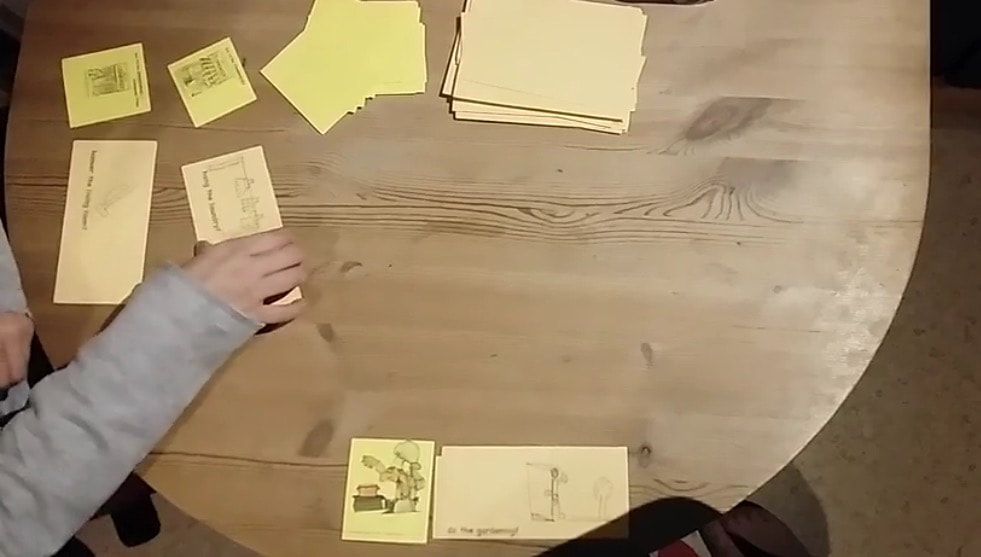
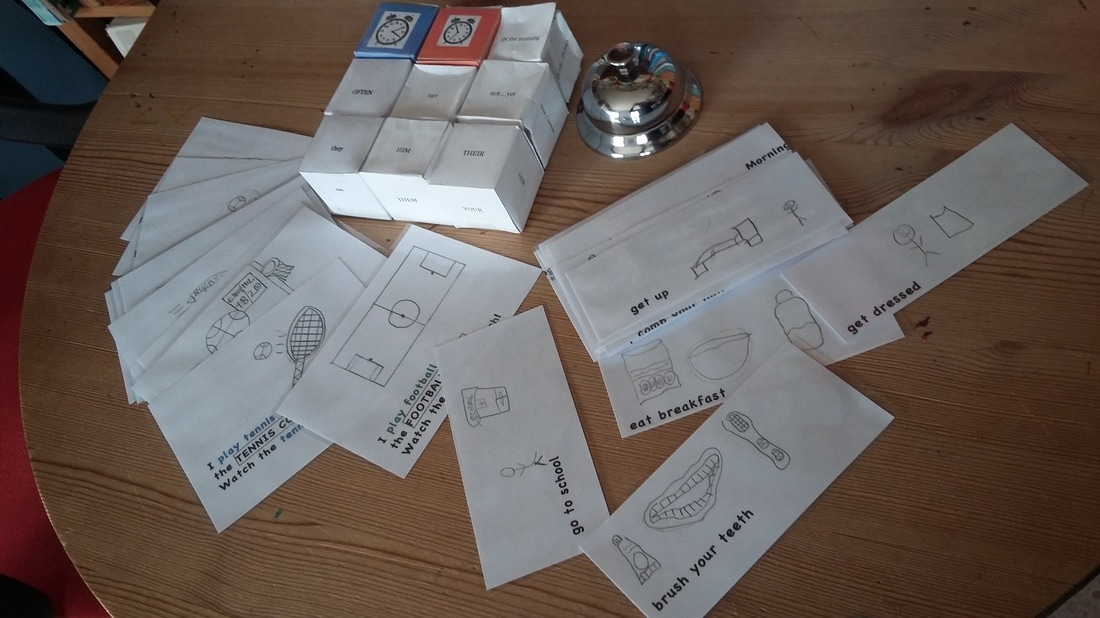


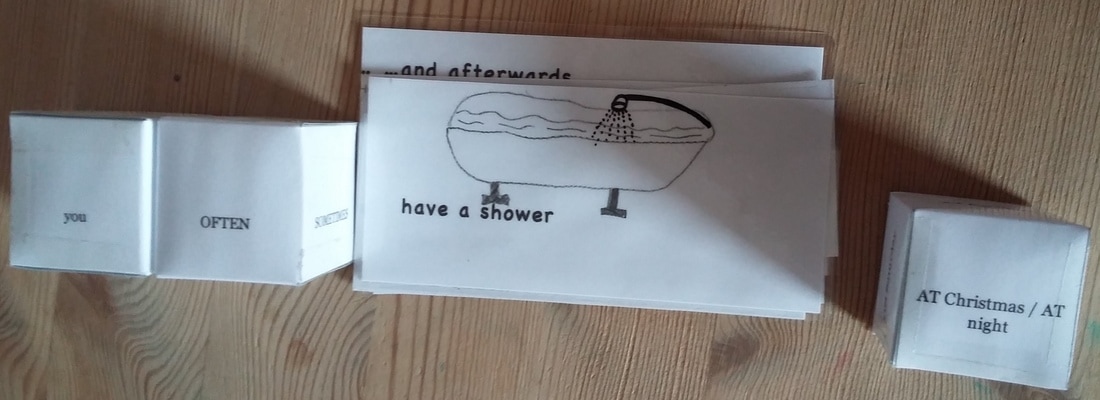


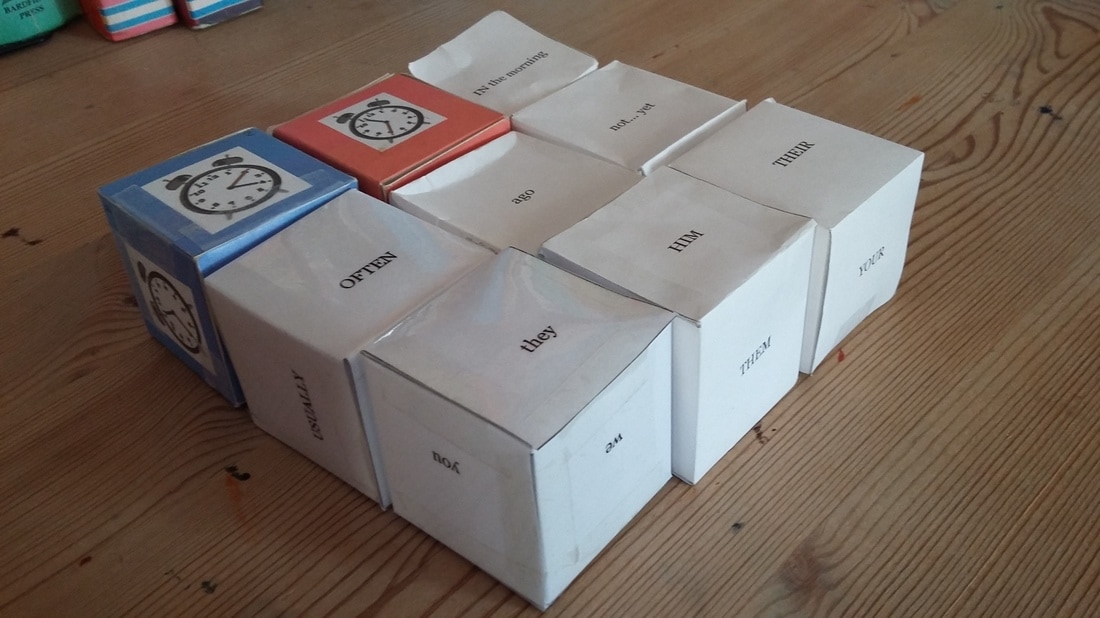


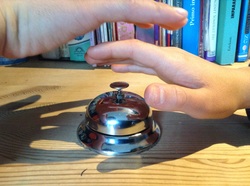



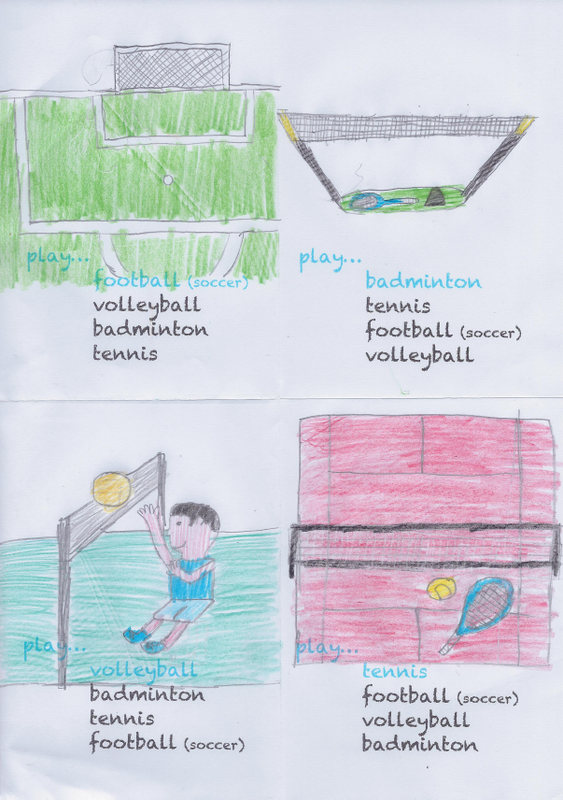
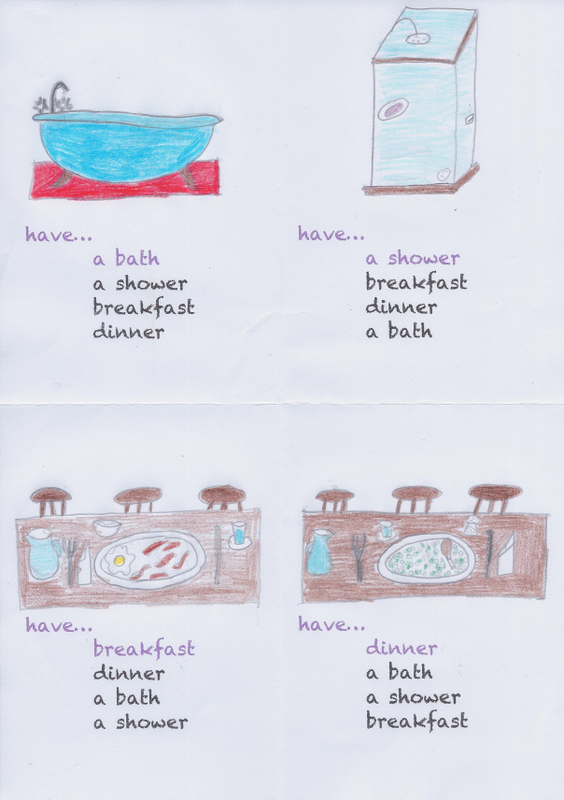
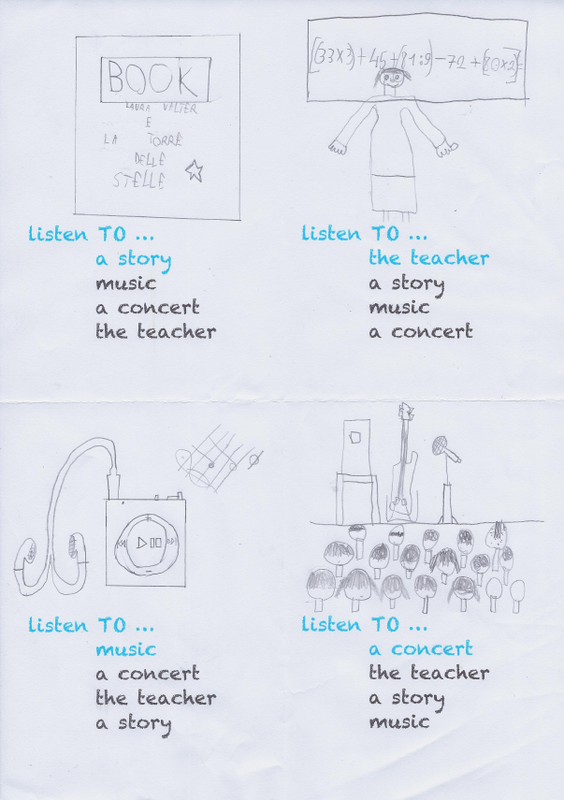
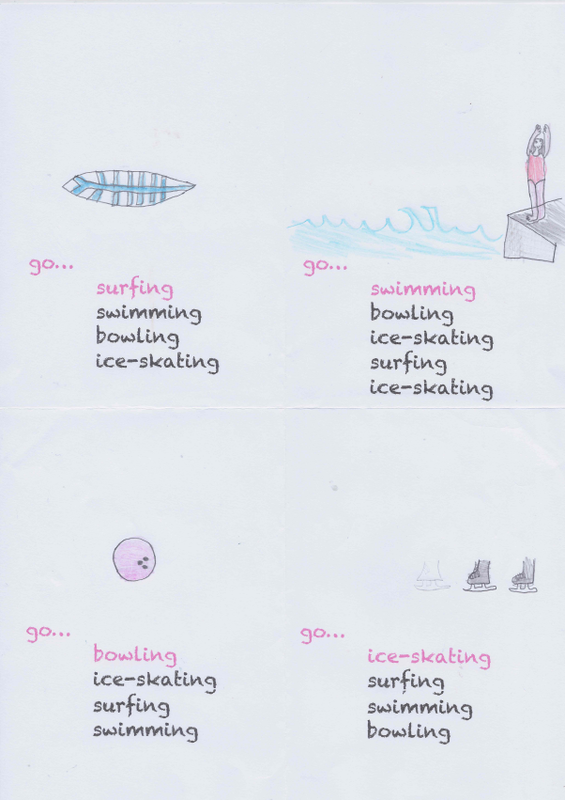
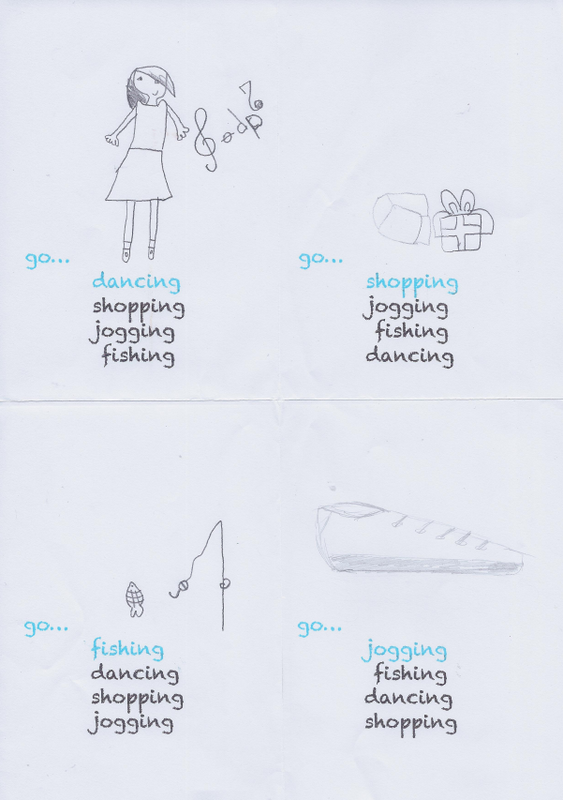
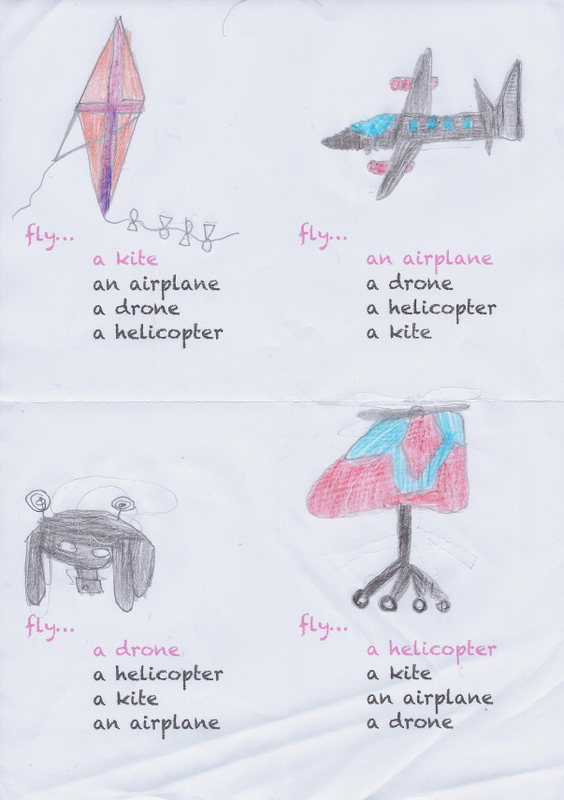
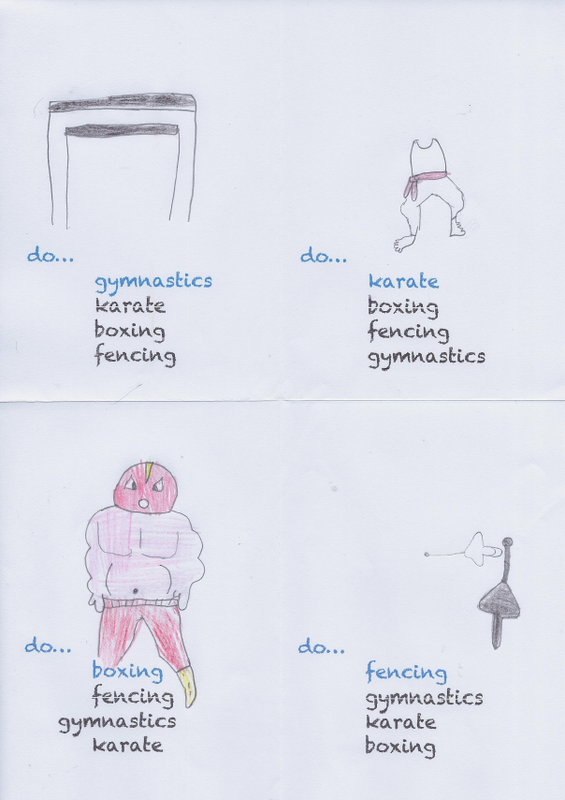
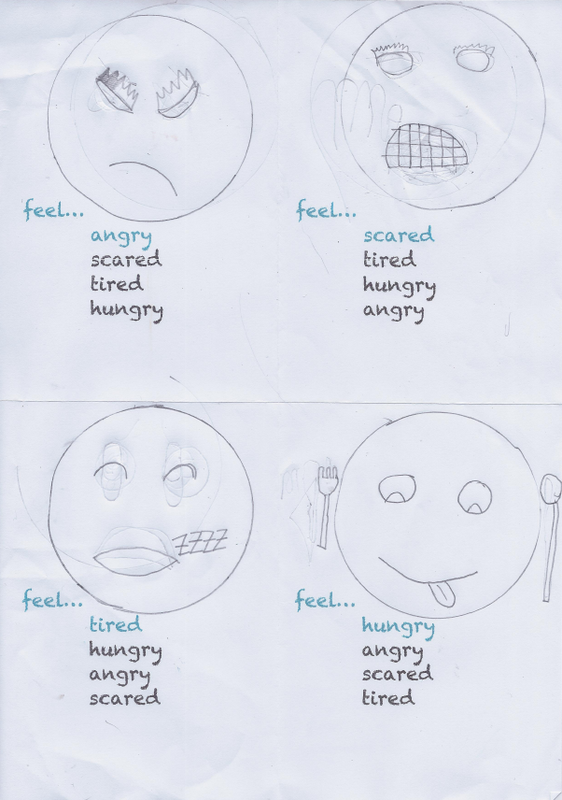
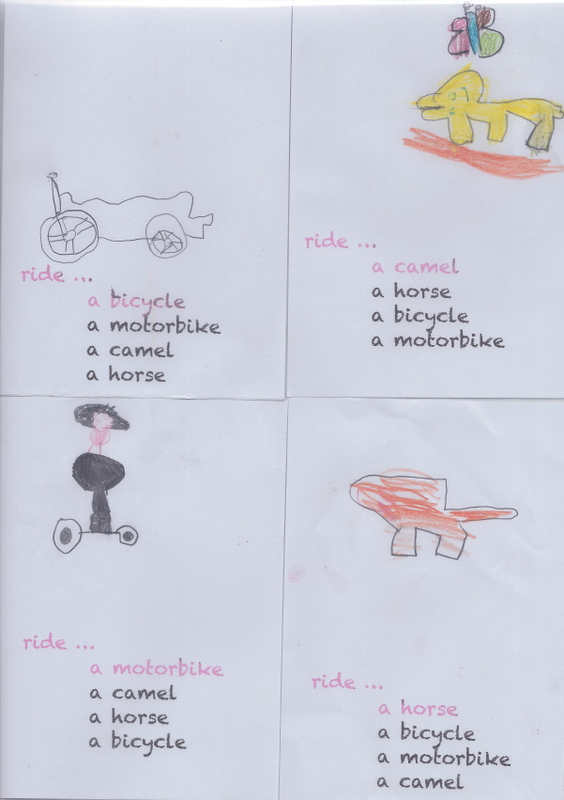
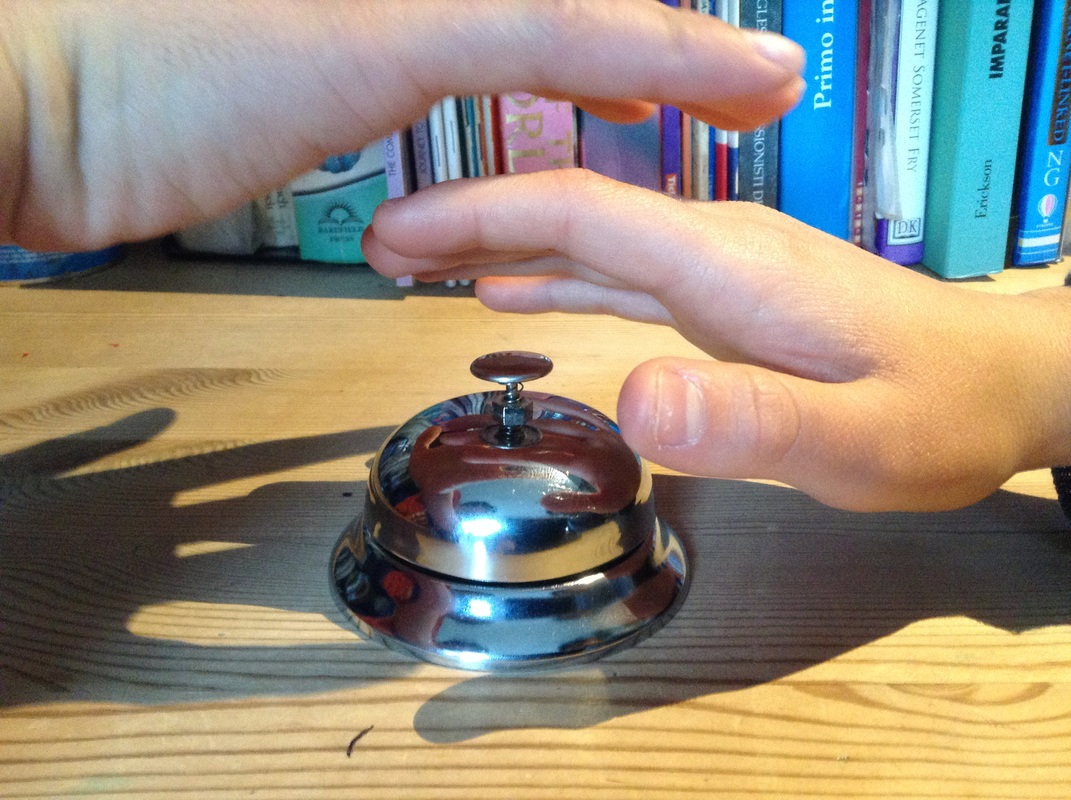
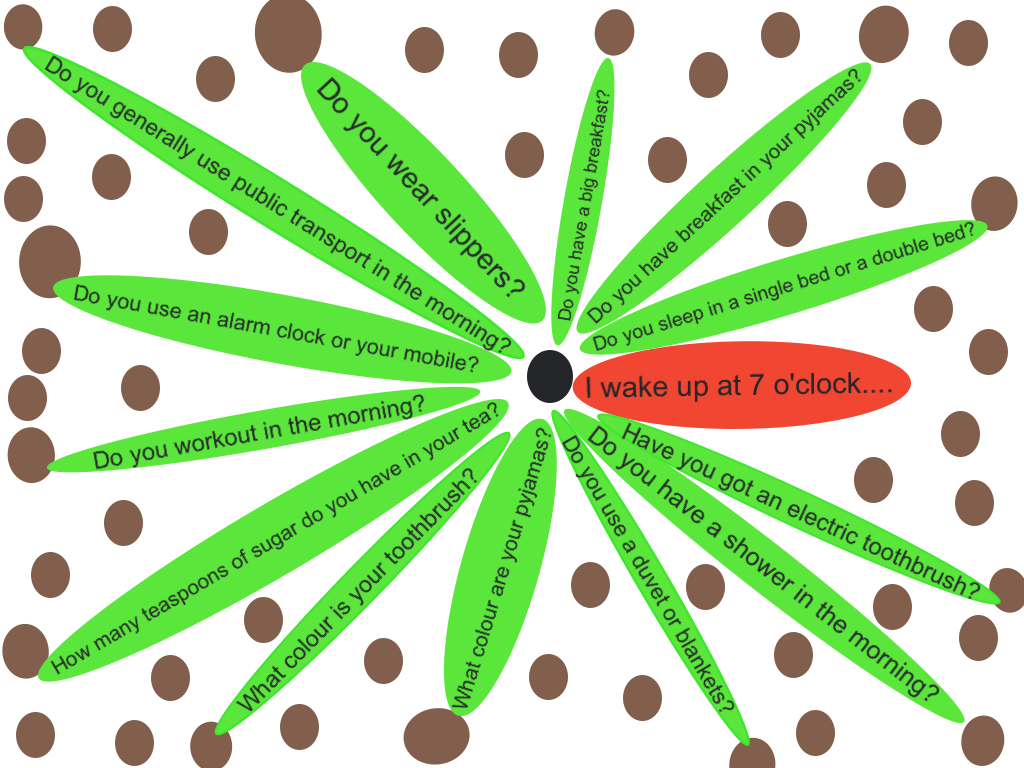

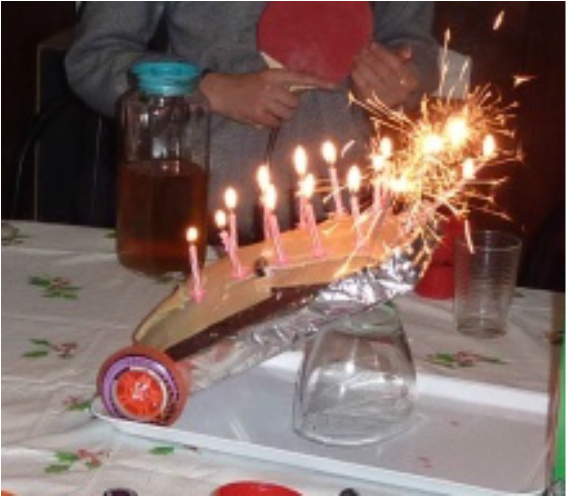
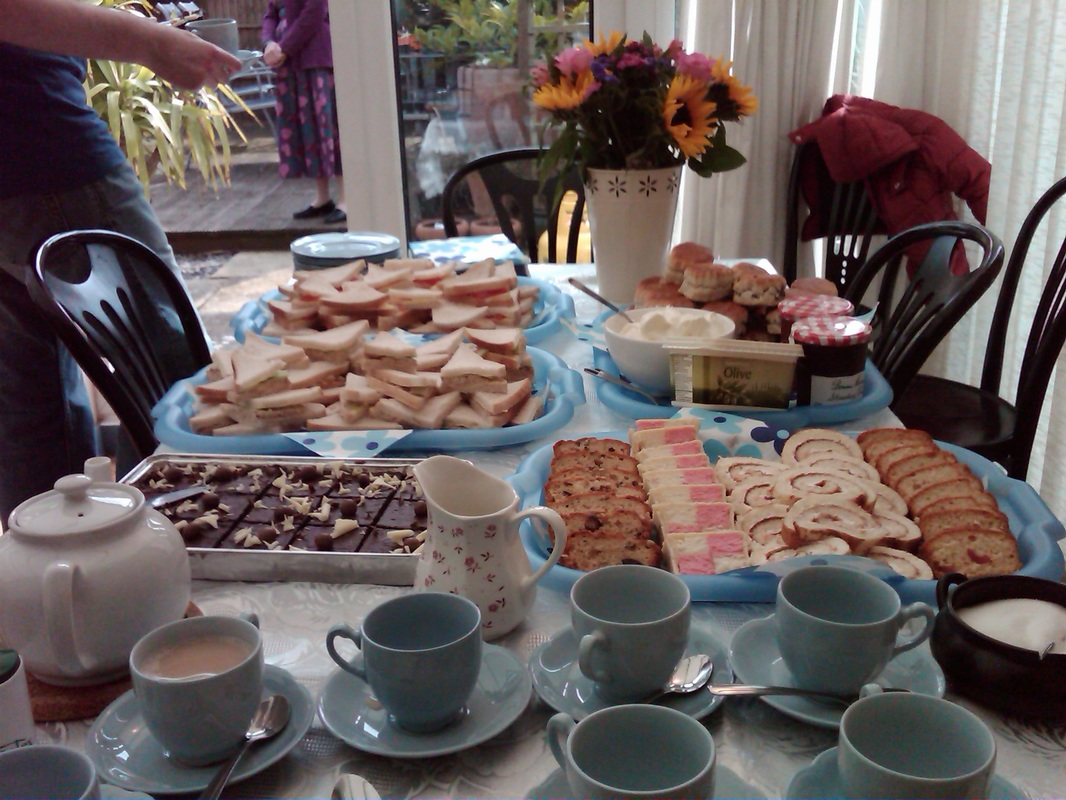

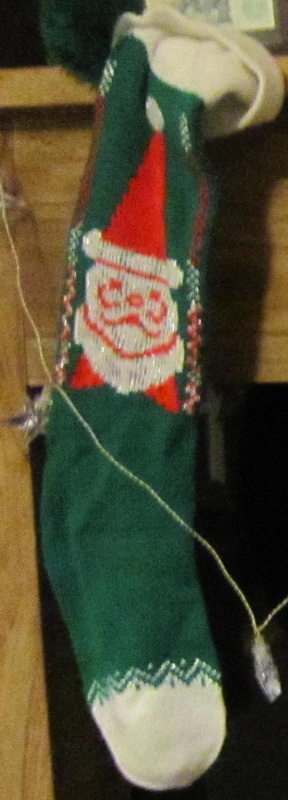
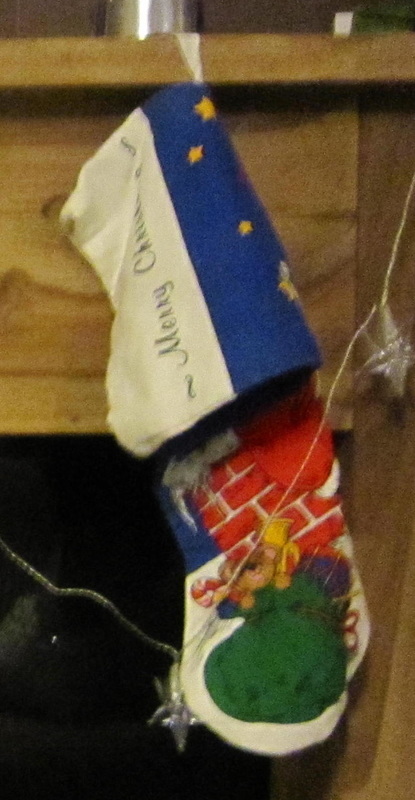
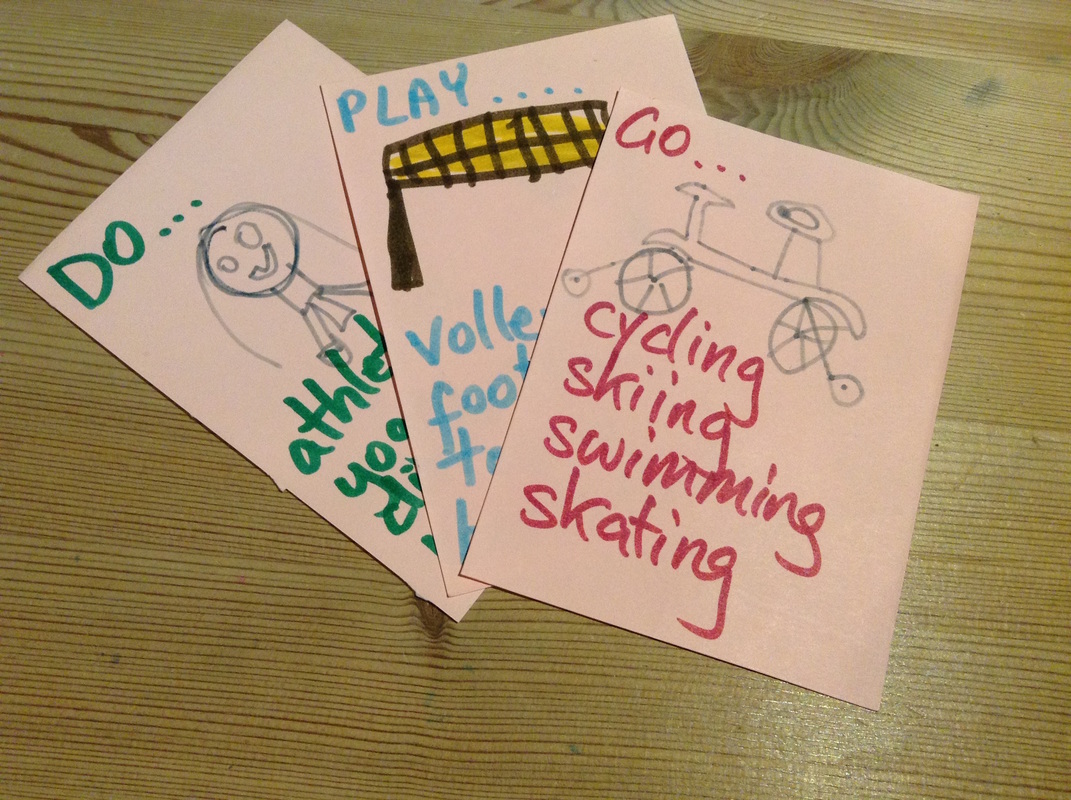
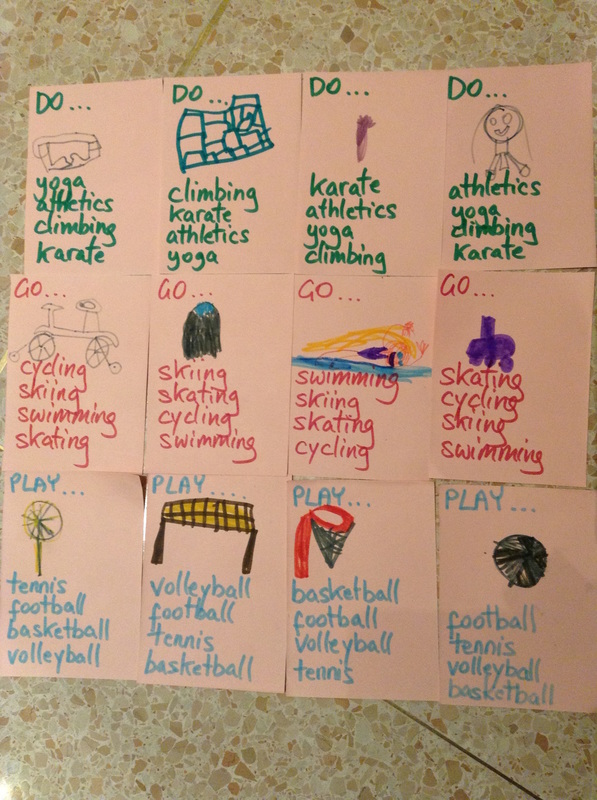
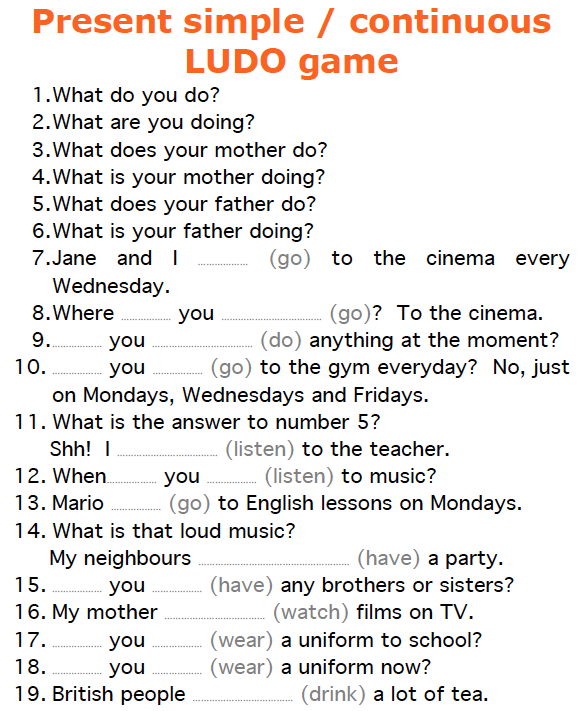
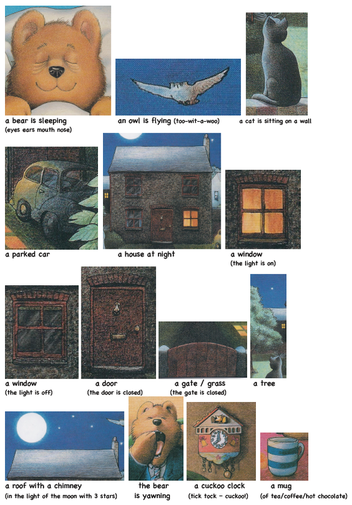
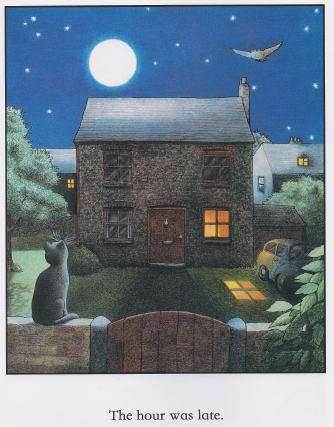
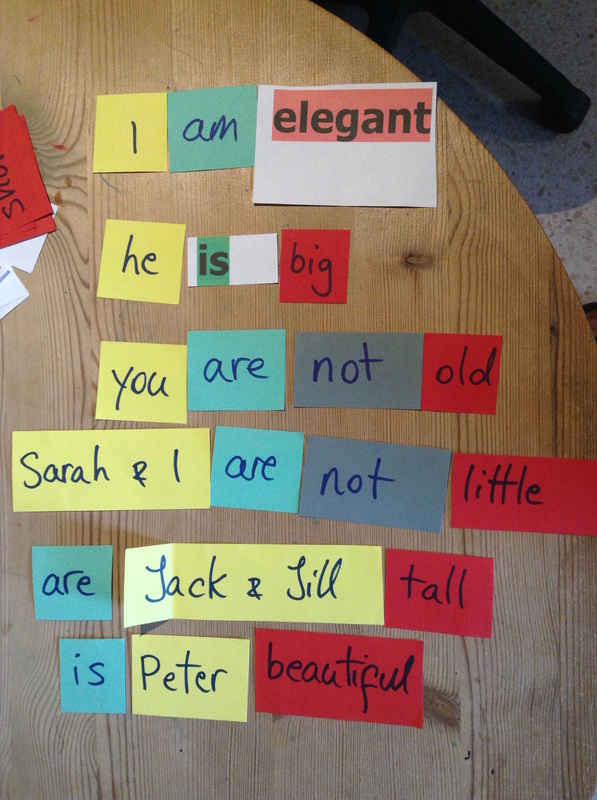
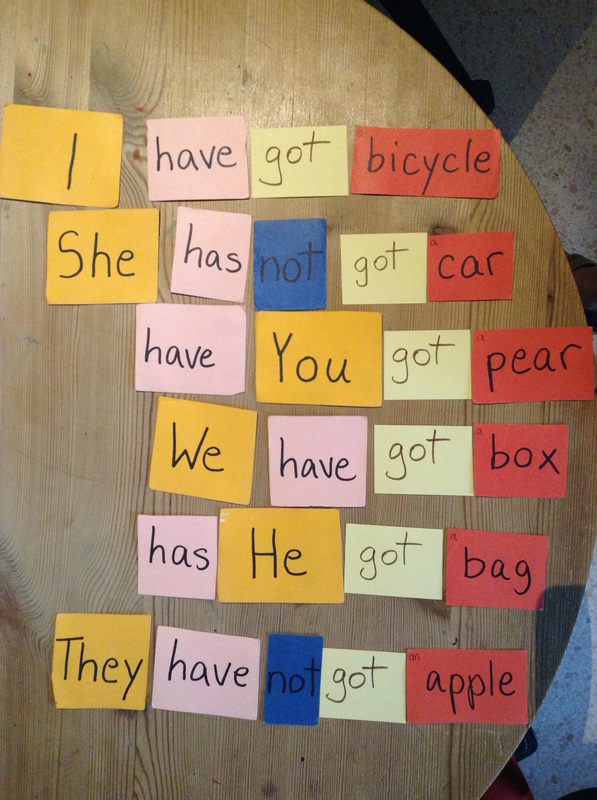
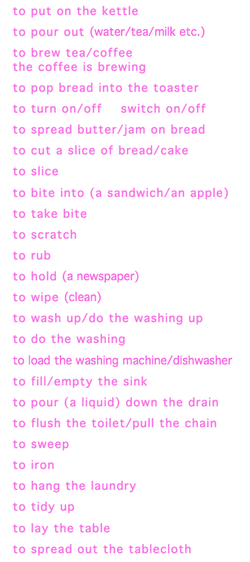
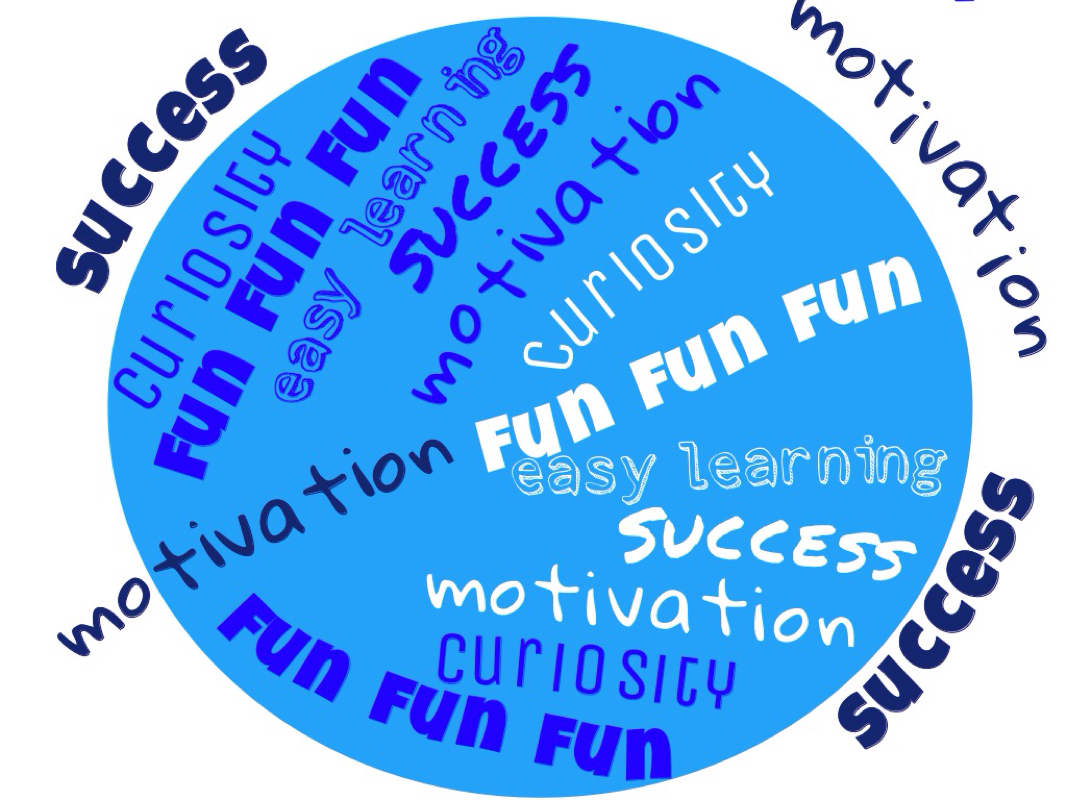

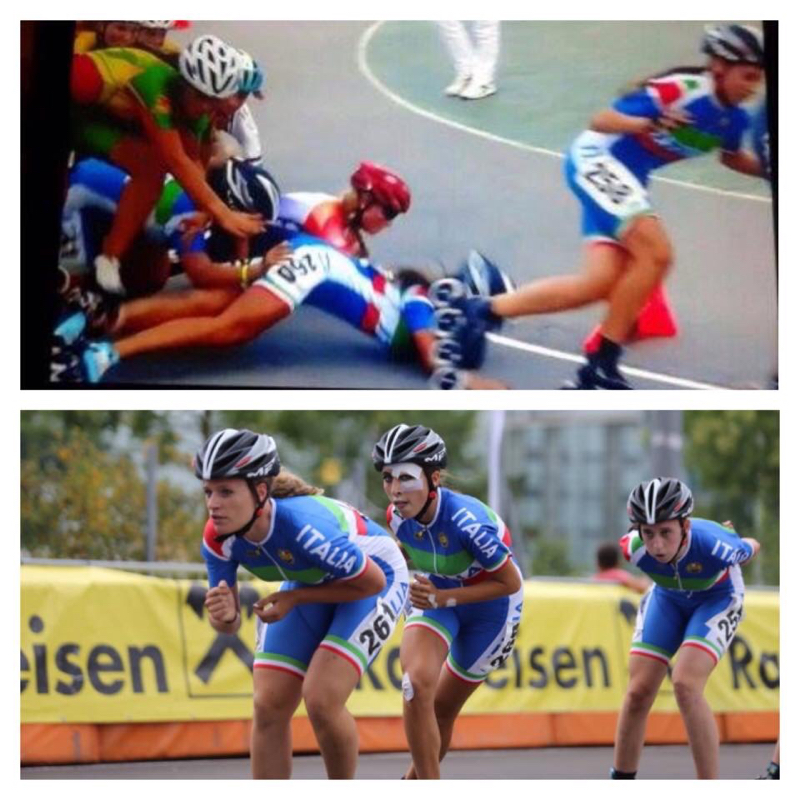

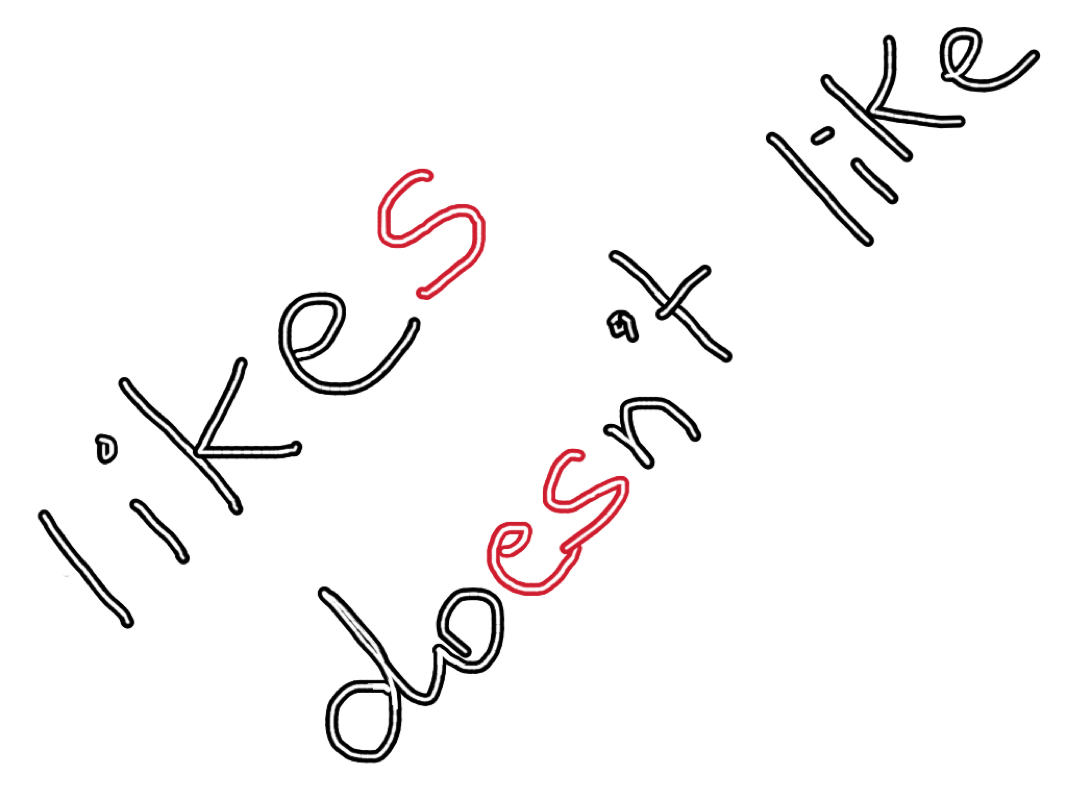
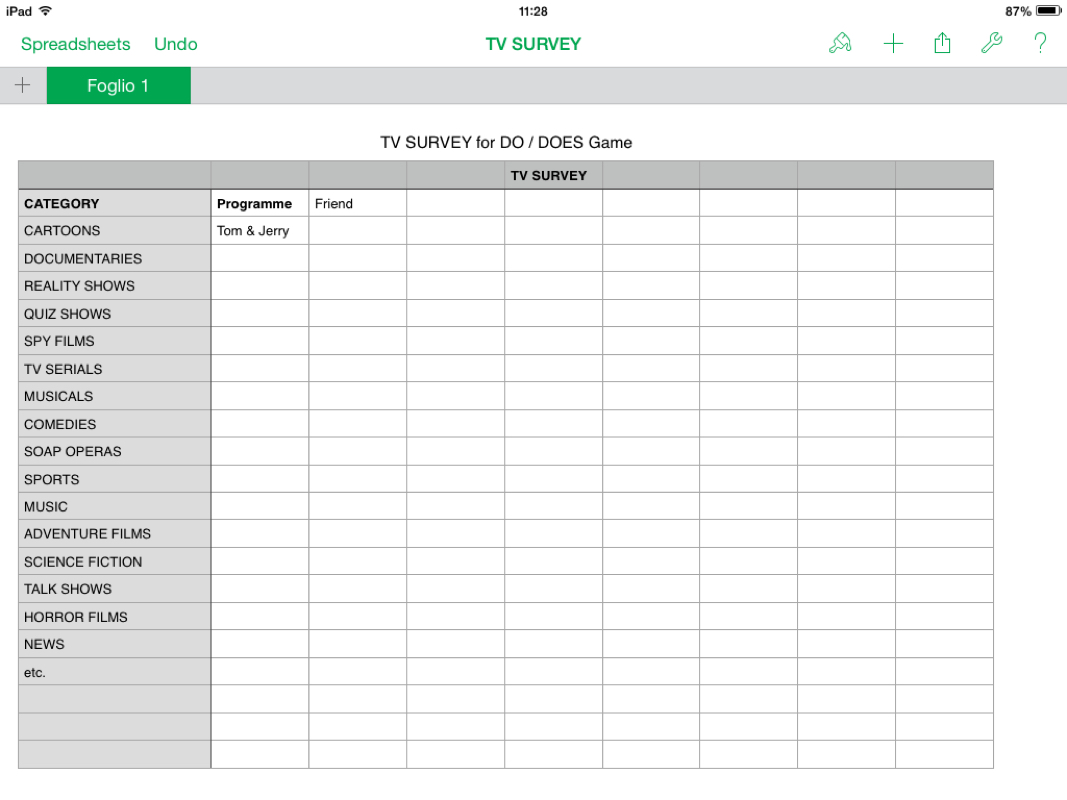
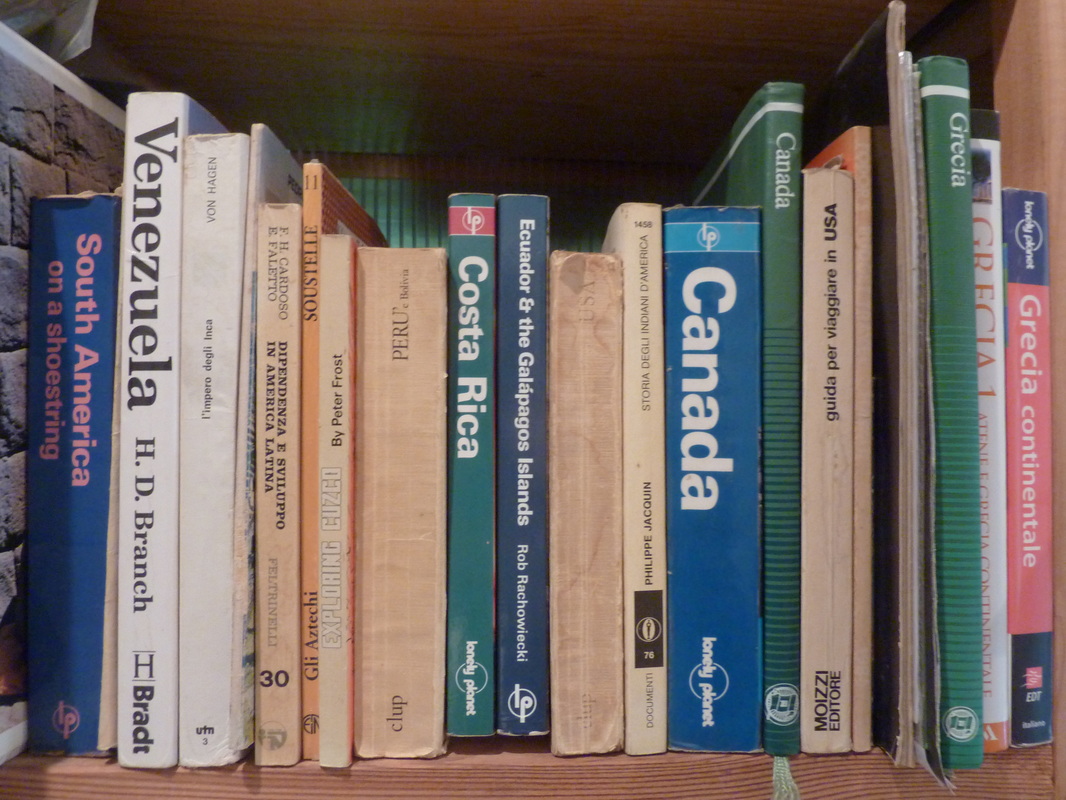
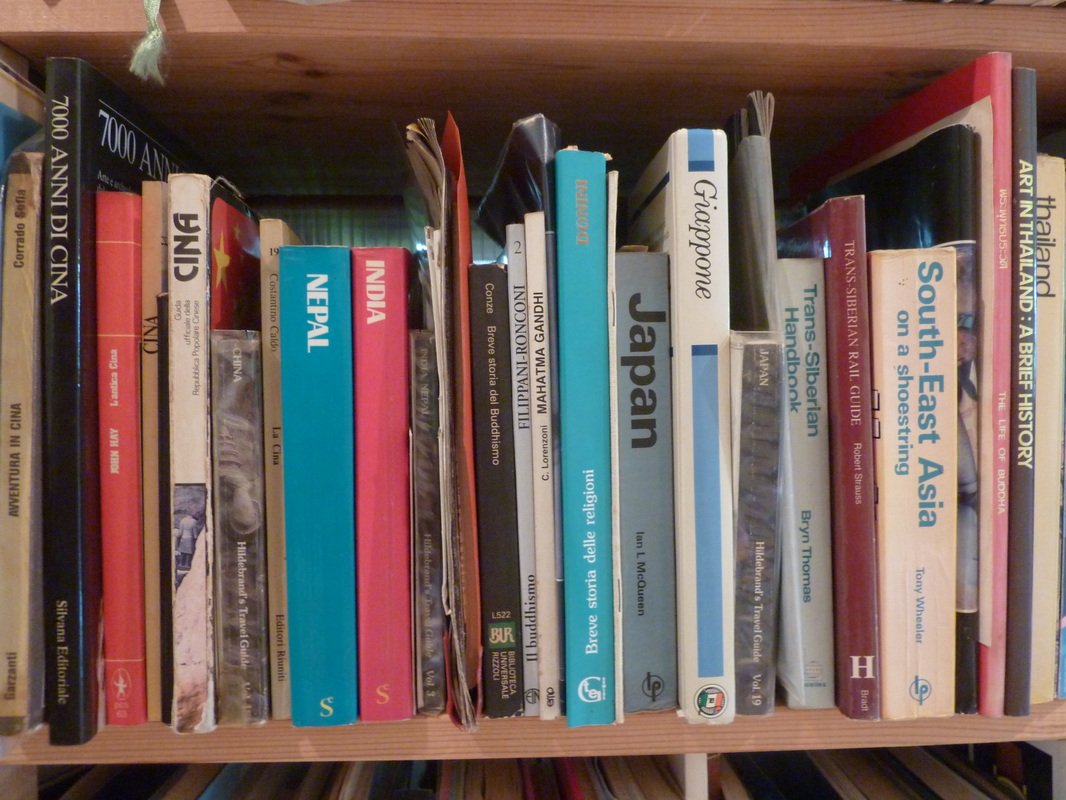
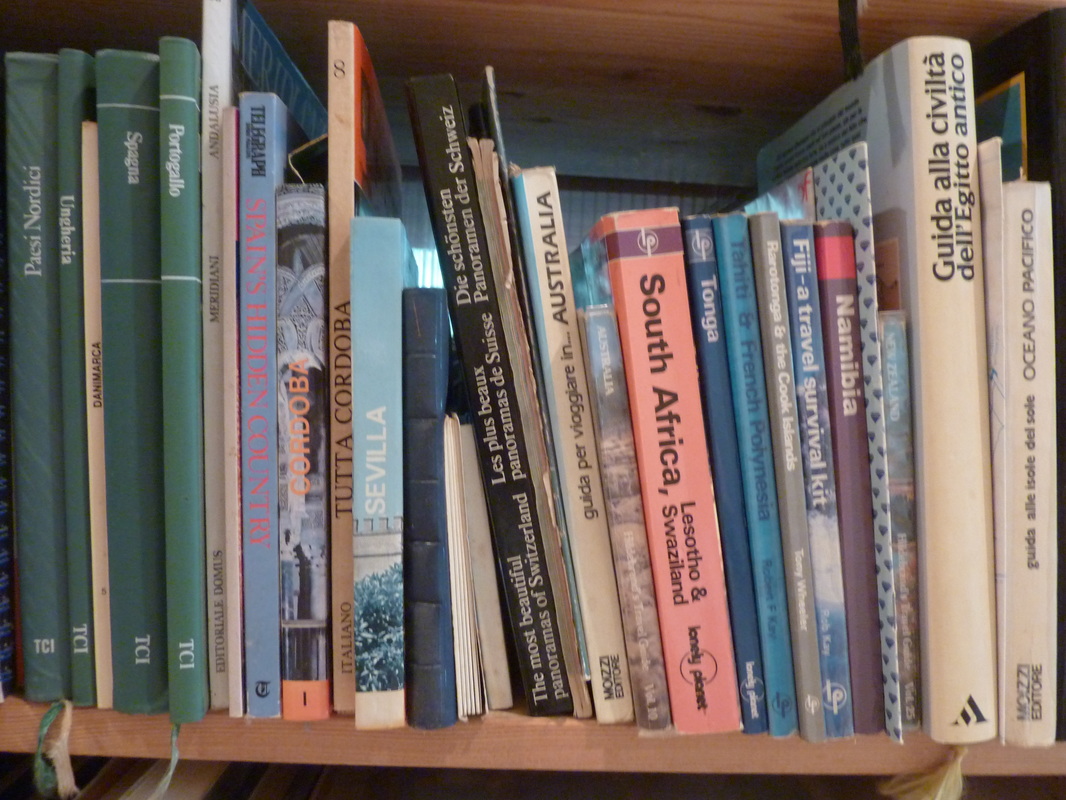
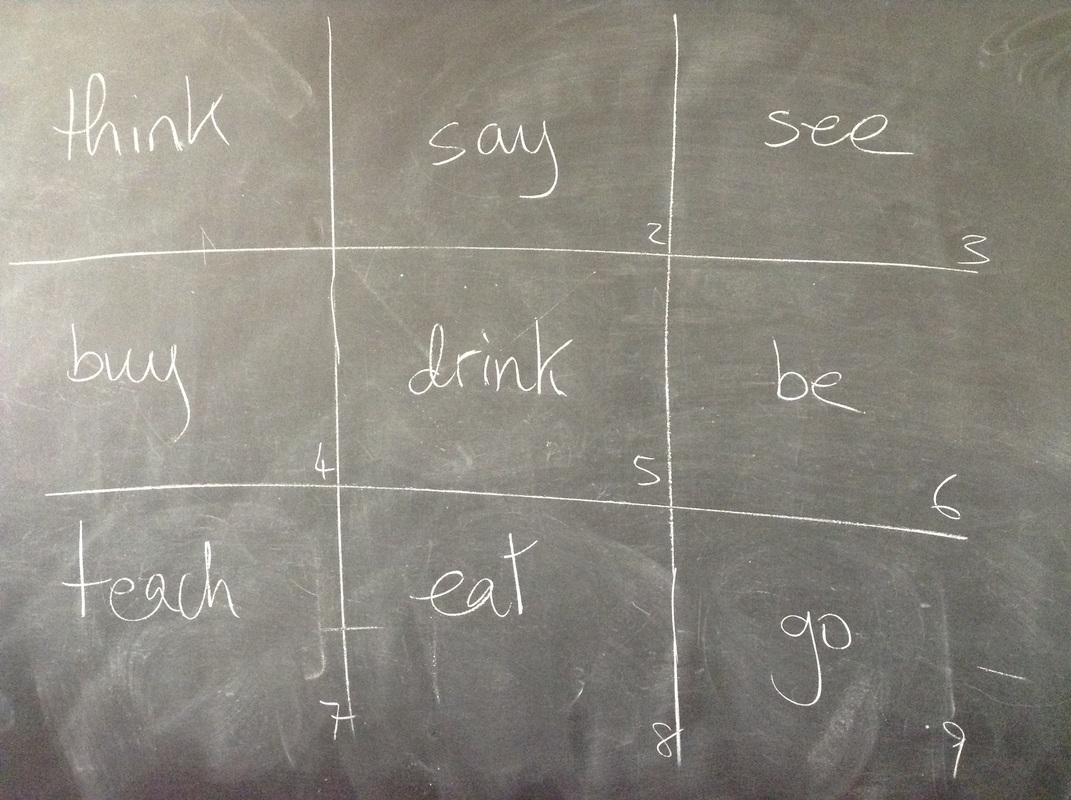
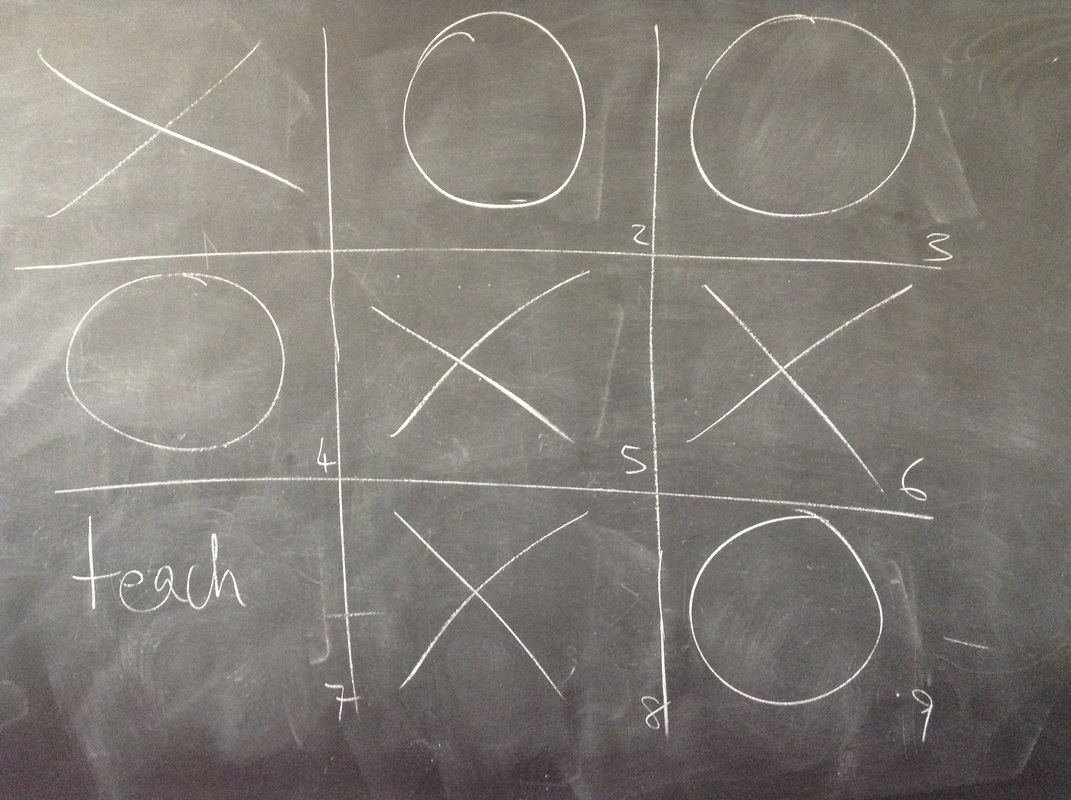
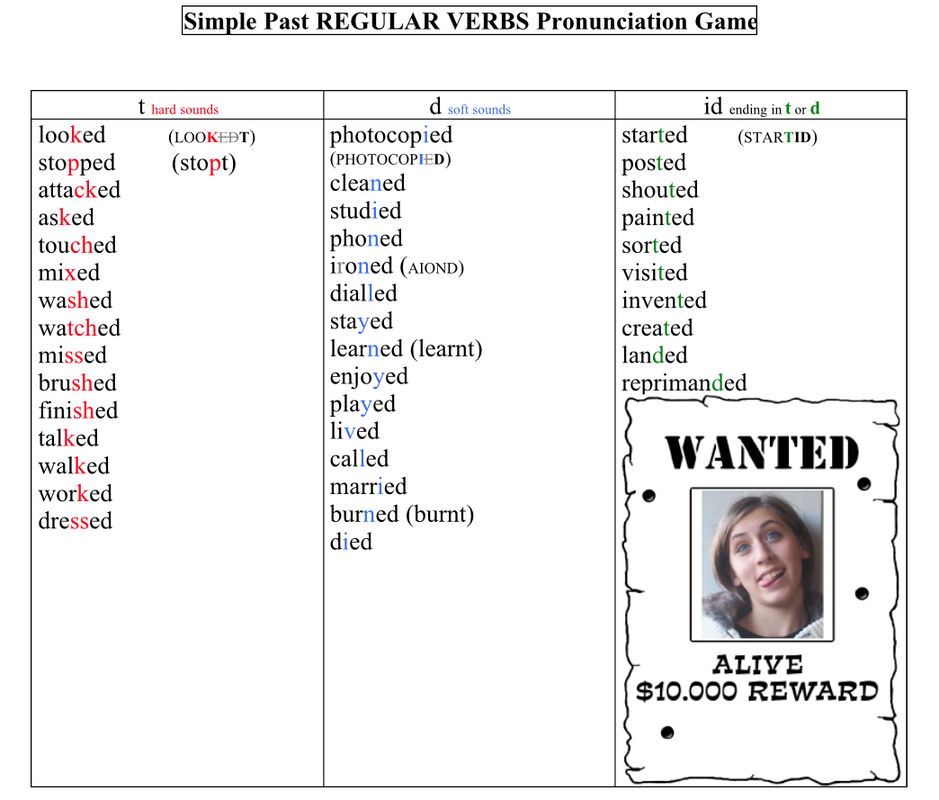
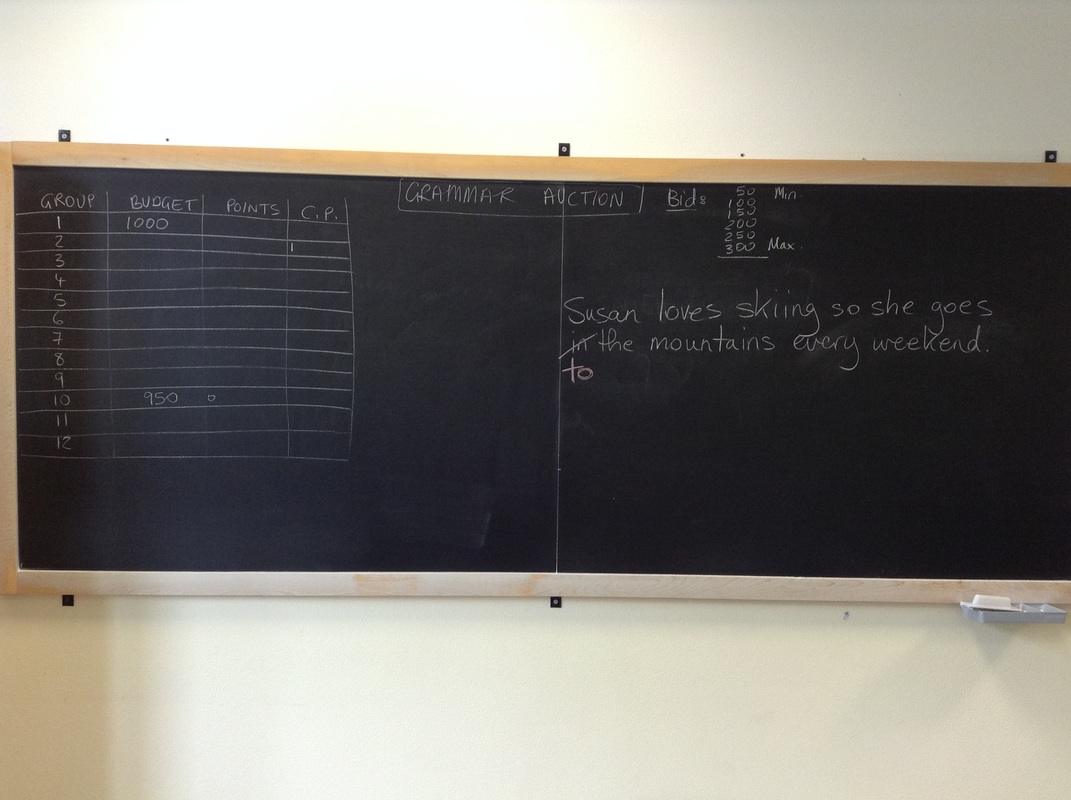



 RSS Feed
RSS Feed
